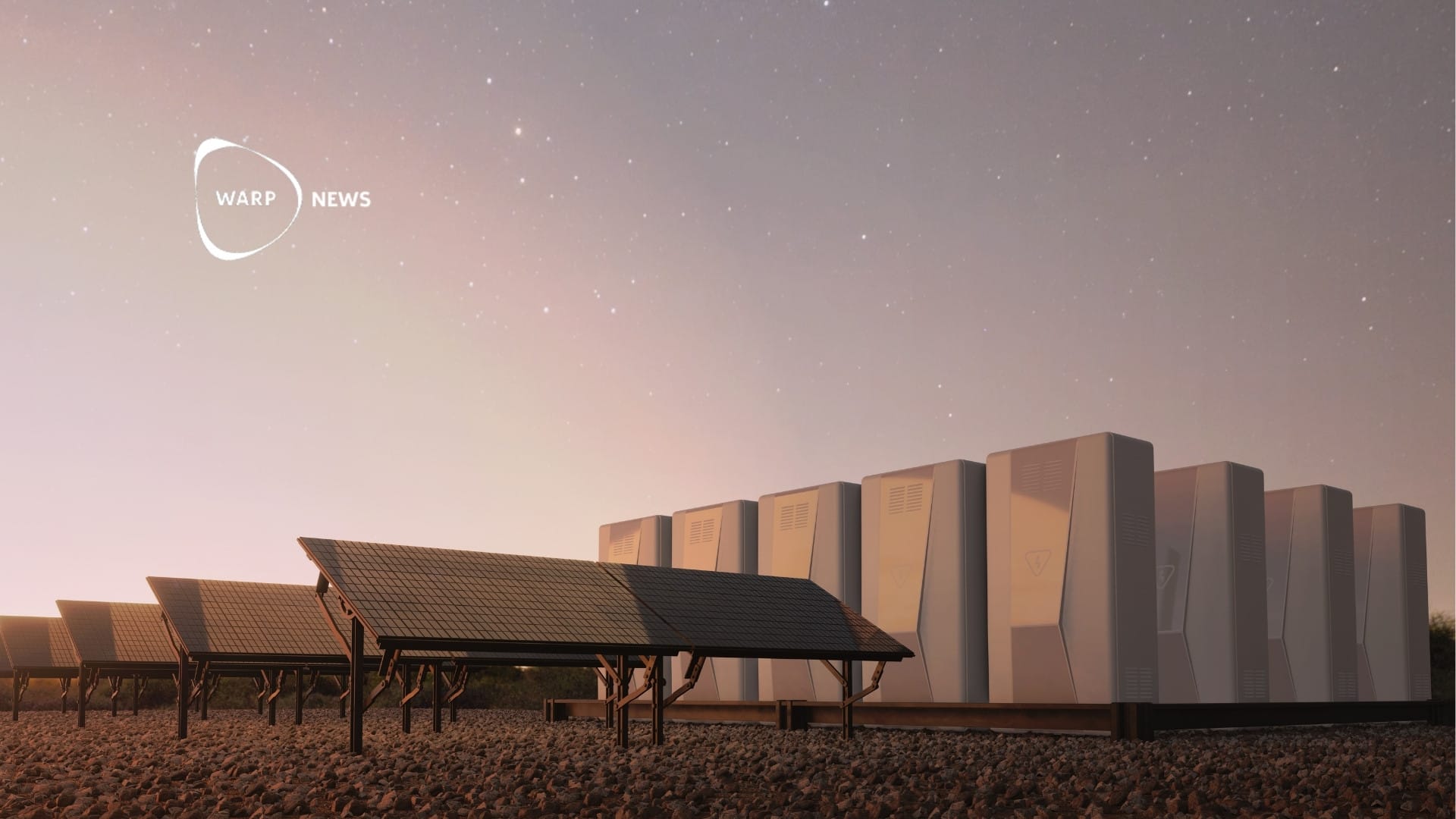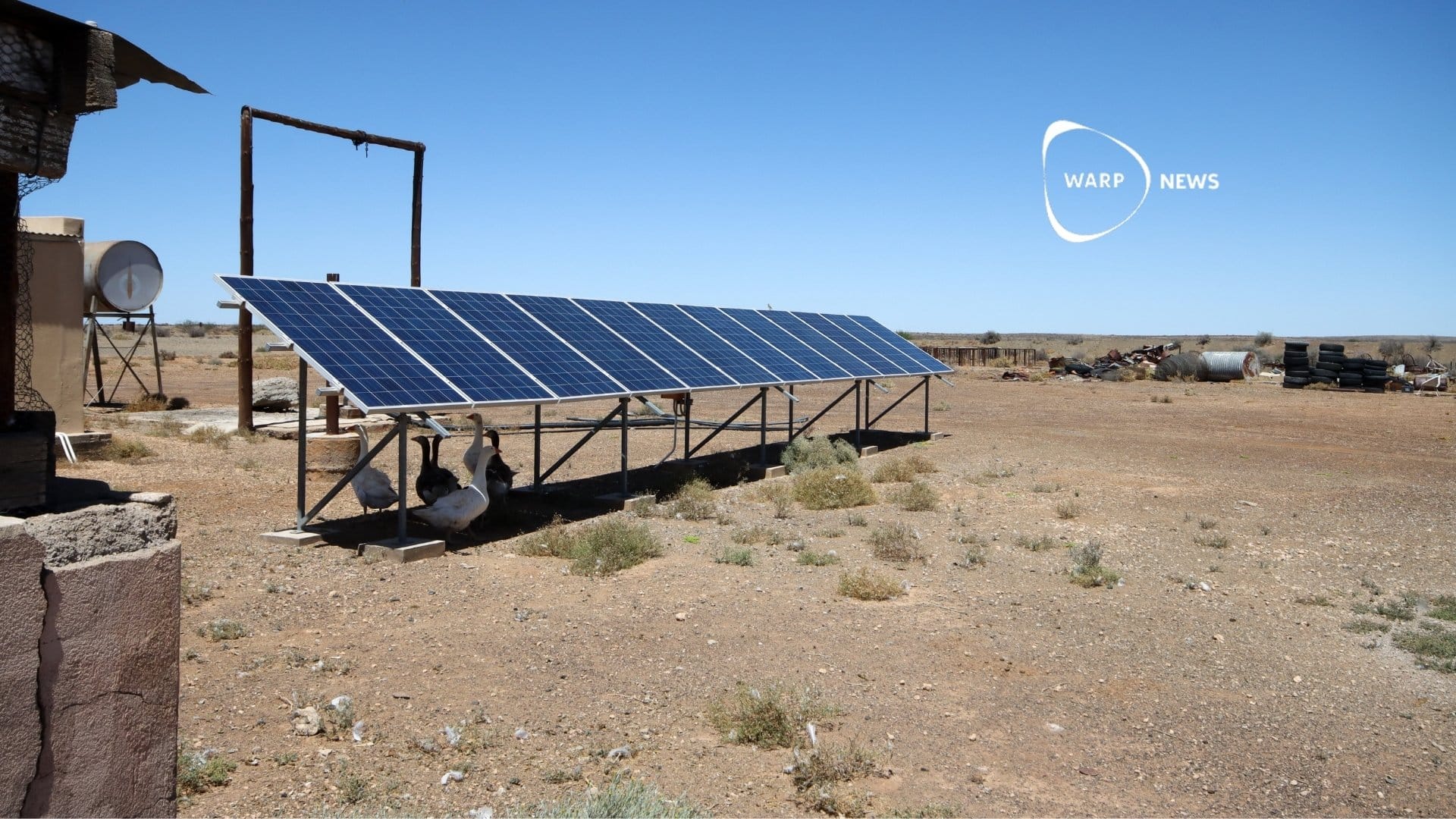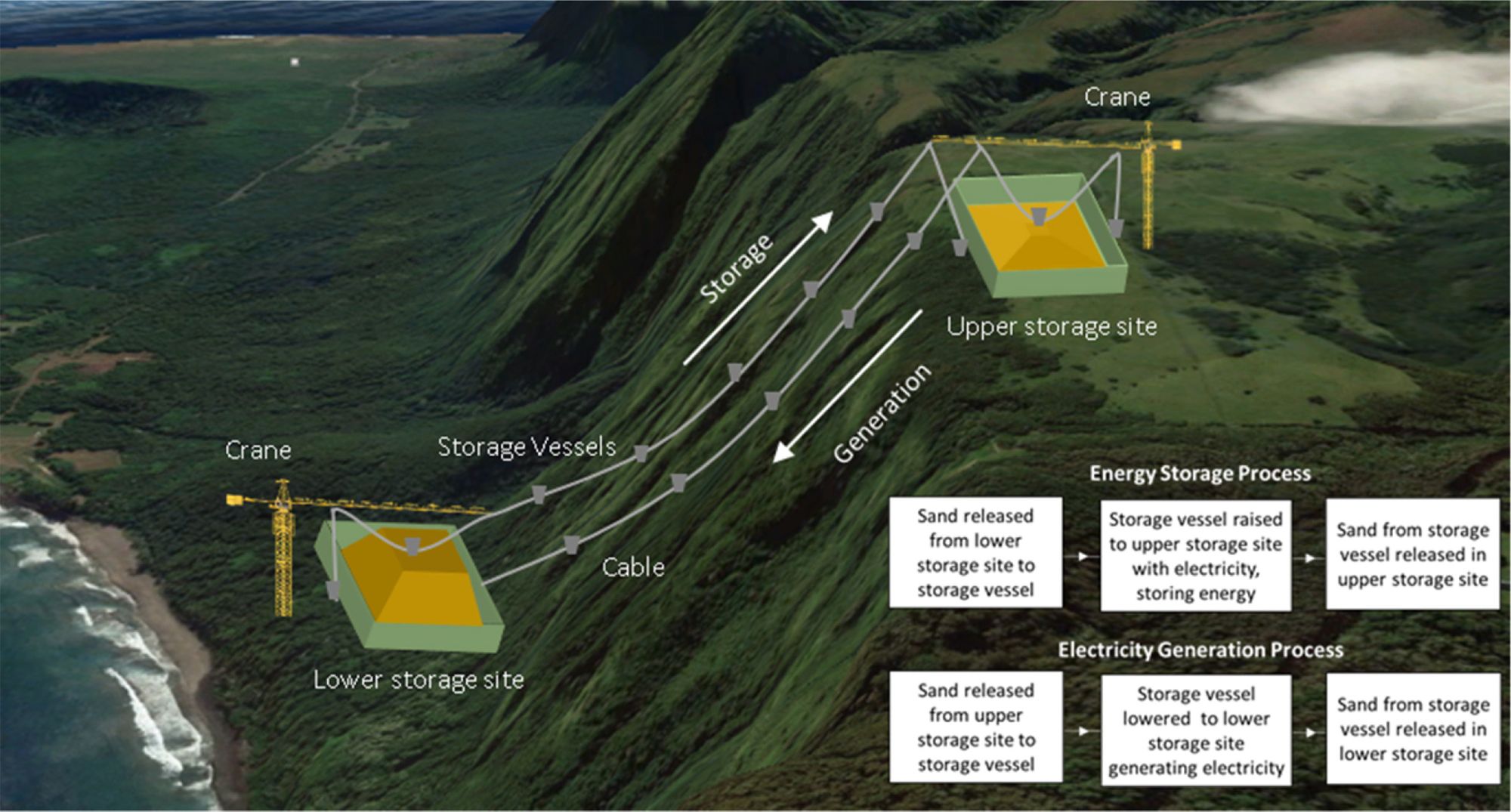
⚡ What goes up - using gravity to store energy
With solar and wind energy booming, there’s still one big problem, and that’s storage. How can we assure a reliable power supply when the sun isn’t shining, or the wind isn’t blowing?
Share this story!
Lithium-ion batteries, currently the go-to option for energy storage, are poorly suited to storing and deploying the amounts of energy we’ll need from renewable sources in order to slow global warming. And for small scale energy systems, expensive battery banks may just not be worth it at all.
A simpler method that’s currently seeing much interest is gravity storage. The classic example of this is the grandfather clock, where the slow descent of a heavy weight powers a clockwork mechanism. Modern gravity storage takes that simple concept and scales it up, in a number of creative ways.
In hydroelectric plants, gravity storage is already in widespread use. Off-peak electricity generated elsewhere is used by hydroelectric plants to pump water back up into their reservoir, where it can be used to generate power in times of demand. But what if you don’t have a hydro plant?
Then say hello to Mountain Gravity Energy Storage! An MGES system consists of sand or gravel being moved from one reservoir, by a cable car system, to a second reservoir at a higher altitude. This is the storage part. When energy is required, cable cars filled with material descend the mountain, pulling on a cable that spins a generator. According to a recent paper, an MGES system could store one MWh of energy for between 50 and 100 dollars, at a cost of 1–2 million dollars per MW of installed capacity, and at a storage efficiency of 85%.
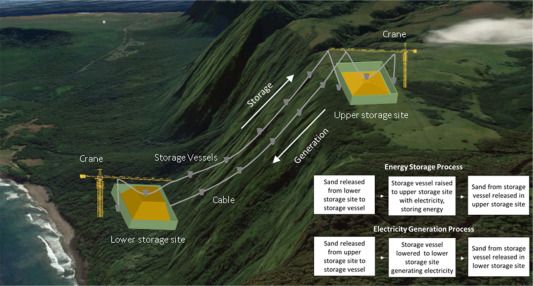
Swiss company Energy Vault is pioneering another type of gravity storage. In their proposed design, 35 ton blocks are hoisted high into stacks, by specially made cranes, making enormous towers. When energy is required, the blocks are lowered to the ground, running generators as they descend. SoftBank Vision Fund, in 2019, invested $110 million in Energy Vault, and the company will use the money to build prototype plants in Italy and India. With a claimed efficiency of 80 - 90%, this kind of storage can be built almost anywhere, and can scale as needed.
The most basic type of gravity storage is simply lowering a huge weight into a hole to generate electricity, and pulling it up again to store energy when power is plentiful. With this idea, Edinburgh-based Gravitricity completed a crowdfunding campaign in November 2019, taking in £750,000 investment that will allow them to move into a proof-of-concept stage.
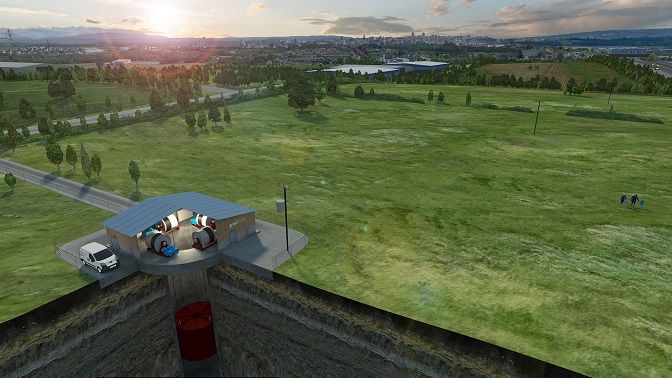
Gravitricity envision a single installation using up to 24 weights, about 500 tonnes each, which can generate electricity for 63,000 homes for an hour. A system like this is perfect for peak shaving — providing electricity quickly when demand is at its greatest. And there is no shortage of vertical holes in the world; the USA alone has over a million abandoned oil wells.
Gravity storage also has product applications. GravityLight is an LED light powered by the slow descent of a weighted sack. It was created to provide domestic light in developing countries. Once the sack is lifted into place on the GravityLight’s cable, it will provide twenty minutes of clean light as it descends, removing the need for dangerous and polluting kerosene lighting.
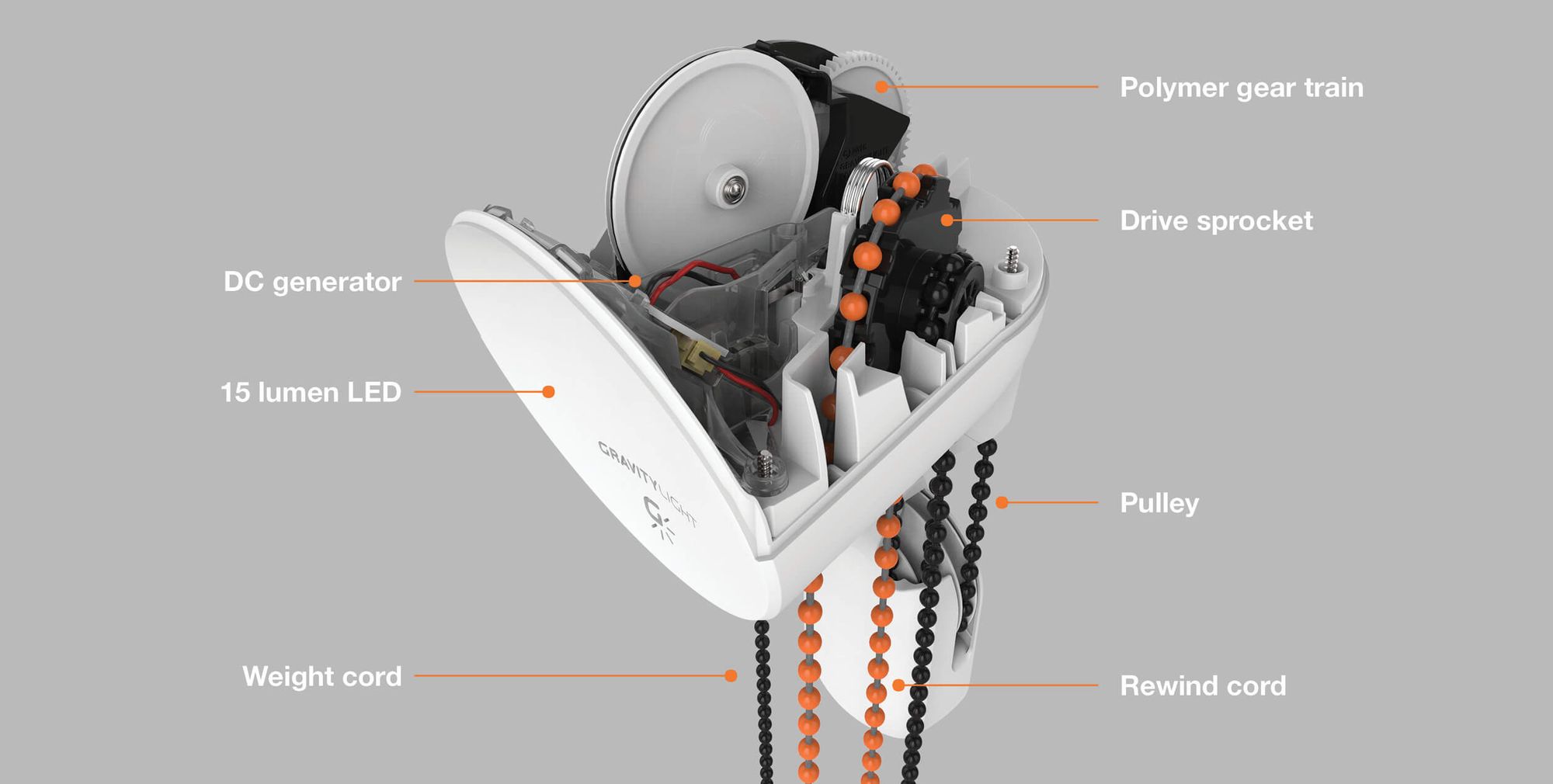
As we push to keep global warming under control, gravity storage looks likely to play a part. And perhaps the future of large-scale energy storage may lie not in more complex systems, but in far simpler ones, such as a weight going up and then going down again. Like clockwork.
Want to get a dose of fact-based optimism in your mailbox once a week? Don't miss subscribing to our newsletter.
Warp News is run by the nonprofit Warp Institute, headquartered in Stockholm, Sweden and Raleigh, North Carolina, United States.
The world is better now than ever before!
But most people still have a negative view of the future. We think one important reason is the negative bias in news media. The fact is, negative news gets way more coverage than the positive.
Warp News balances that by delivering fact-based optimistic news.
By becoming a premium supporter, you help in the creation and sharing of fact-based optimistic news all over the world.
